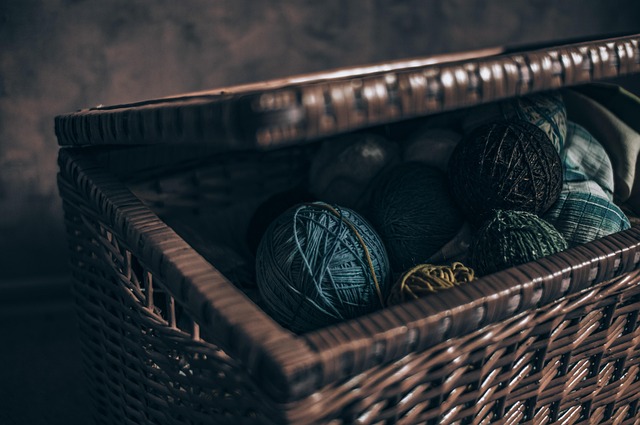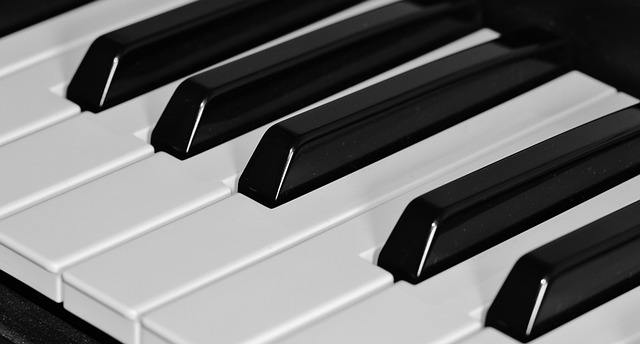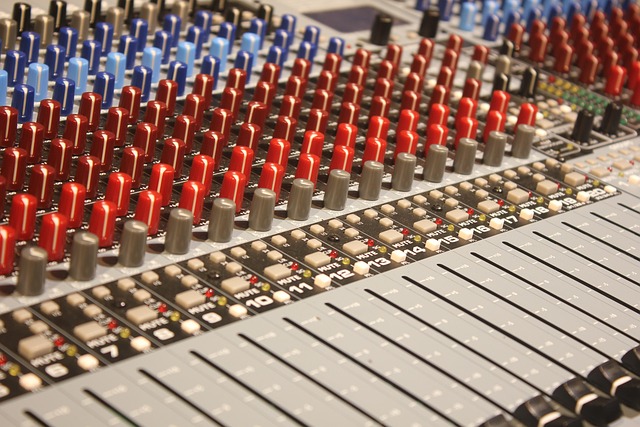When it comes to audio recording, finding the right tools to achieve the perfect sound can be a journey filled with both excitement and challenges. One indispensable tool that can elevate your recording experience is the DI box, or Direct Injection box. Whether you’re a seasoned audio engineer or an enthusiastic newcomer, understanding how to effectively use a DI box can make a significant difference in capturing the best sound possible.
A DI box is primarily used to connect musical instruments—such as electric guitars, keyboards, or basses—directly to a mixing console or audio interface. By converting the high-impedance signal from these instruments into a low-impedance signal, a DI box helps maintain audio quality while minimizing noise and interference. This transition is essential for achieving a clean and professional sound during recording.
One of the most common scenarios where a DI box shines is during live performances and studio sessions. Imagine strumming your guitar, only to be met with undesired noise or muddiness in your recordings. This is where a DI box comes in handy. It allows you to bypass that unwanted distortion, ensuring your instrument is faithfully represented in the mix.
Setting up a DI box is quite straightforward. Start by plugging your instrument into the input of the DI box. Next, connect the output of the DI box to your audio interface or mixing console. Most DI boxes also offer additional features, such as ground lift switches to eliminate hum and link outputs to connect to amplifiers for live scenarios. Understanding these features can help you tailor the setup based on your recording needs.
When recording, it’s important to consider the type of DI box best suited for your instrument. Active DI boxes require power, typically from a battery or phantom power from a mixer, and are ideal for passive instruments that need a boost. Conversely, passive DI boxes are straightforward and perfect for active instruments or when you want a more natural sound.
Moreover, utilizing a DI box allows for versatile recording options. For example, you can re-amp your guitar recordings later by capturing the original signal and sending it through an amplifier after the fact. This flexibility can open a world of creative possibilities for musicians and producers alike.
In addition to instruments, DI boxes can also benefit vocals, especially in a recording environment where fidelity is paramount. By connecting a microphone directly to a DI box, vocalists can achieve a clearer sound without the interference typically encountered with long cable runs to mixing consoles.
The importance of a DI box cannot be overstated in the realm of audio recording. With its ability to deliver high-quality sound while mitigating issues like noise and distortion, it remains a staple for any audio setup. By integrating this tool effectively, you take a substantial step towards creating recordings that reflect your artistic vision with clarity and precision.
As you embark on your audio recording journey, consider embracing the power of a DI box to enhance your sound. Whether you are laying down tracks in a studio or performing live, mastering the use of a DI box can lead to recordings that are not only rich in quality but also true to your unique style.



